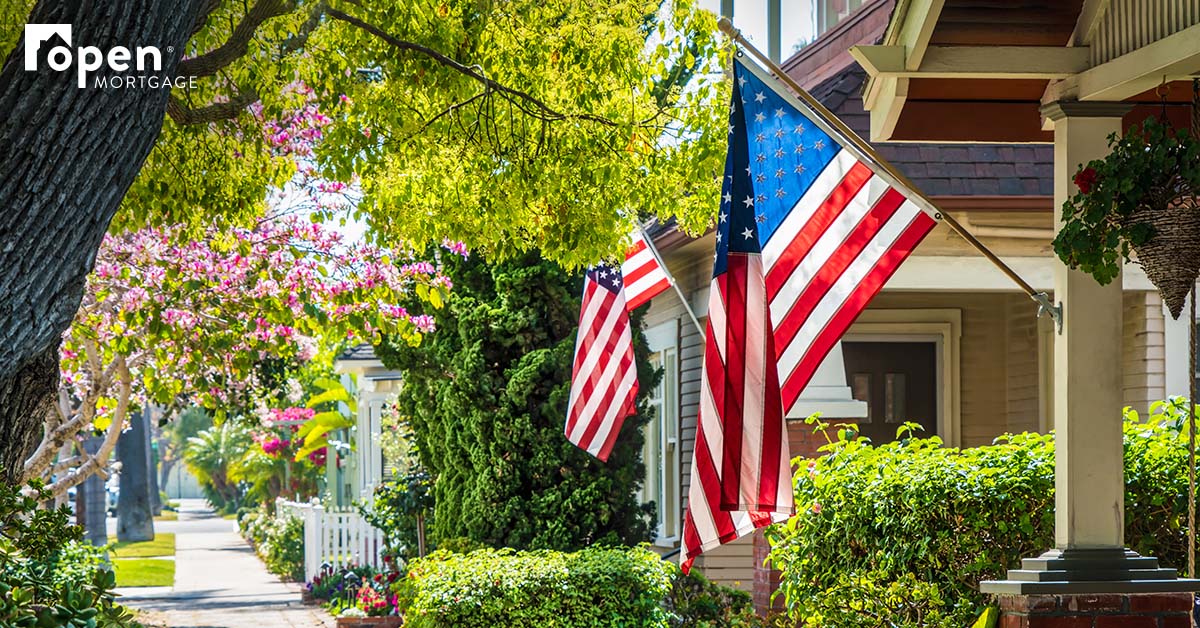
The VA Loan has a History of Helping Homeowners
Signed into law in 1944 by President Franklin D. Roosevelt, the VA home loan program was one part of the GI Bill of Rights designed to support World War II veterans as they returned home. Along with tuition reimbursement and unemployment funding, the GI Bill included this loan guaranty program. Rather than directly providing a mortgage to veterans, The Department of Veterans Affairs promised banks they would repay a portion of the loan if the borrower defaulted.
Initially, this incentive only applied to WWII veterans, and the mortgage insurance was capped at the greater of 50 percent of the loan or $2,000. In addition, eligibility required a minimum of 90 days of service, would expire two years after the end of their military service, and was also restricted to 20-year mortgages.
Added Flexibility
Over time, the guaranty coverage increased as home prices rose. The mortgage term option also expanded to include 30-year terms to make payments more affordable for borrowers. Other improvements made in the ’50s and ’60s included offering loans to Korean War Veterans, post-war veterans, and granting eligibility to spouses of those killed or disabled in action.
In 1970, Richard Nixon would sign the Veteran Housing Act making dramatic changes to the VA Loan program. The law would end any expiration to the benefits, making millions of veterans eligible for the program once again. It also added a refinancing option allowing veterans to take advantage of lower interest rates without having to sell their homes. Four years later, more legislation would allow veterans to obtain a VA loan more than once.
Today’s Options
In the last four decades, adjustments to the program have continued, and it is currently one of the most attractive mortgage options available on the market. It is one of the few loan programs that doesn’t require a down payment, and the credit scores needed to qualify are less stringent than other offerings. Incentives for energy efficiency were introduced in recent years, and members of the Reserves or National Guard are now eligible once they reach six years of service.
Last year, nearly 3 million VA loans were closed for almost $895 billion in borrowing power. If you’re in the market for a new mortgage and believe a VA loan could be an option, be sure to speak with a lender experienced with the VA loan program. The professionals at Open Mortgage are ready to answer your questions and help you find the perfect loan for your needs. Call or explore our website for more information.





